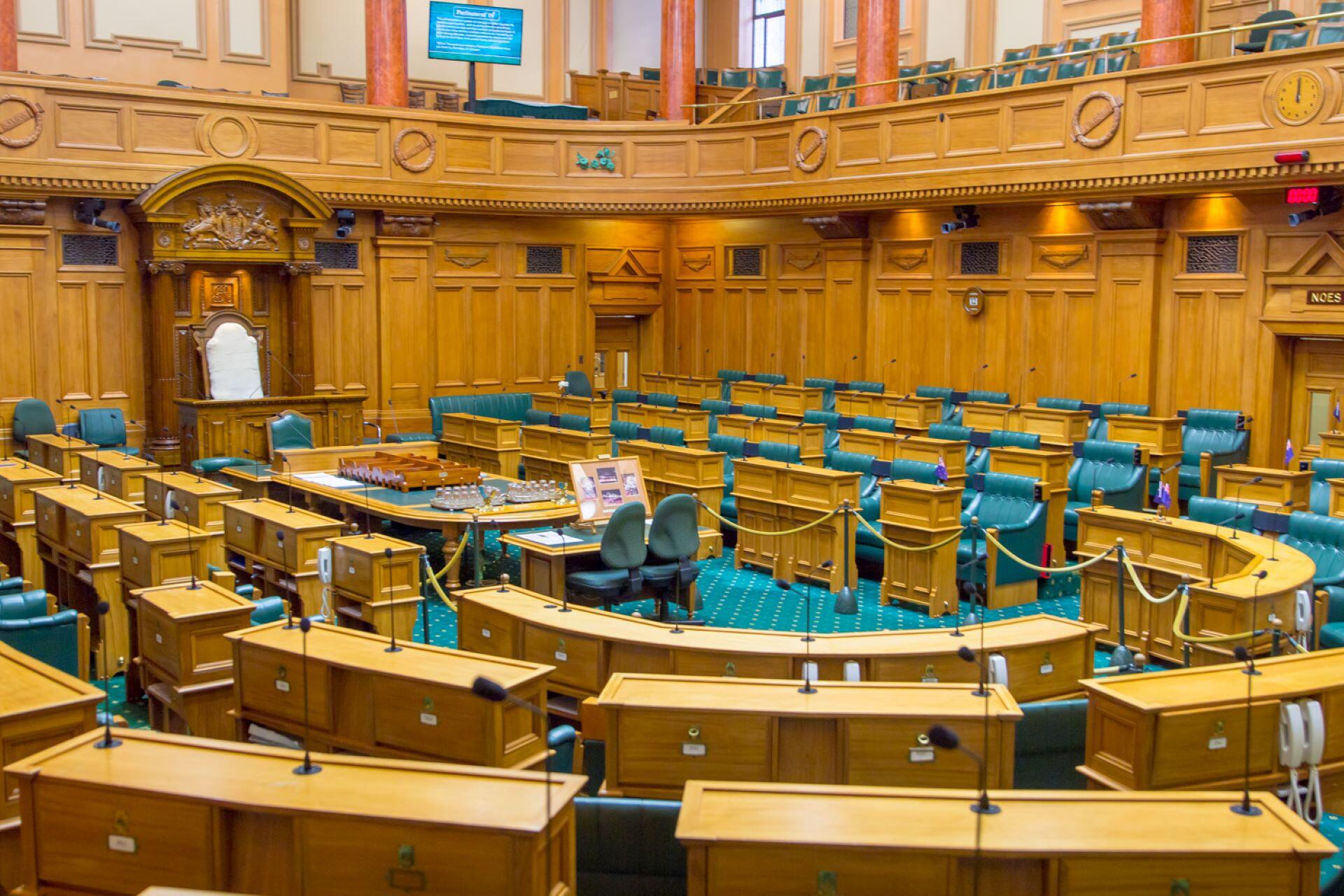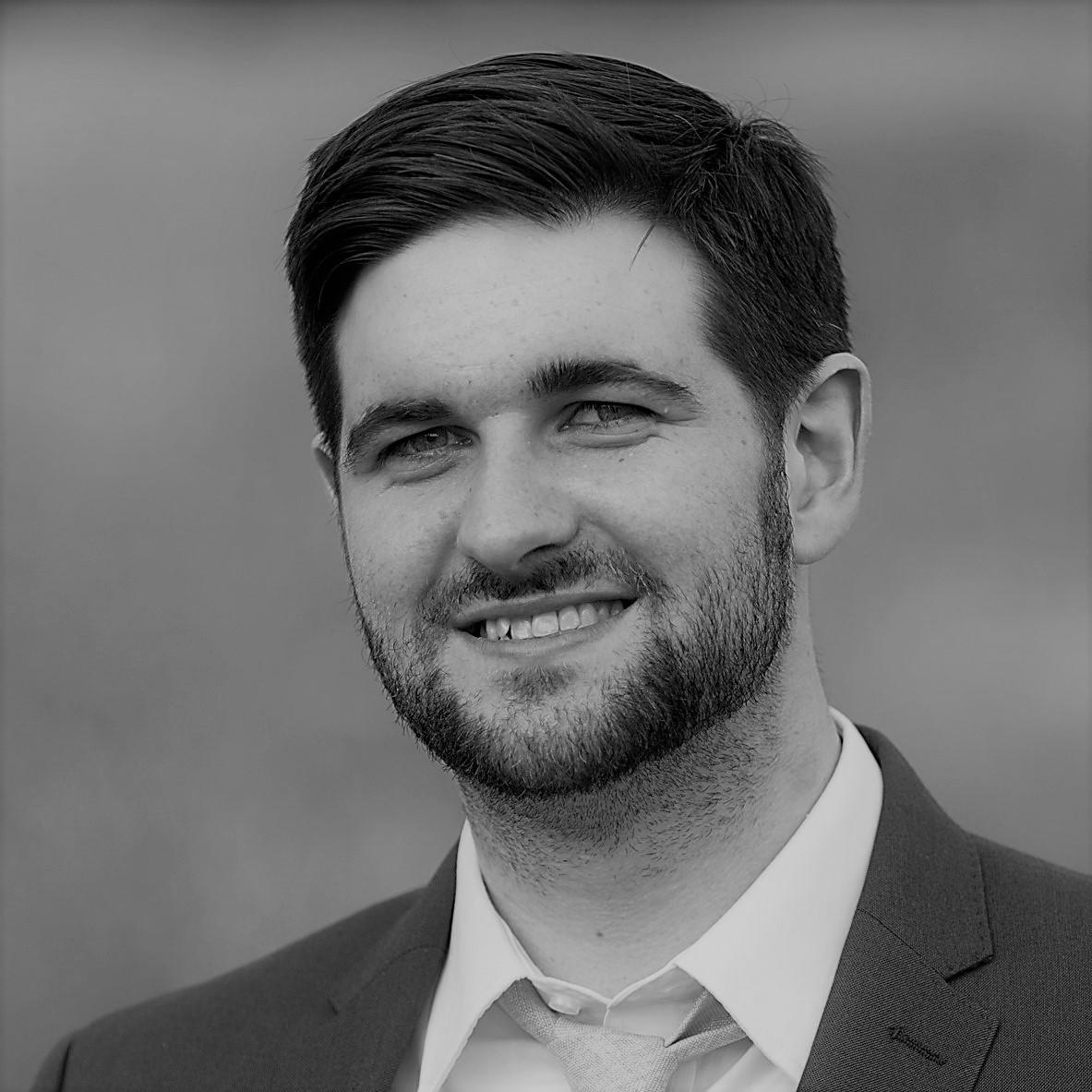I’ve never been one to be afraid of a new idea; even my enemies couldn’t accuse me of that.
Richard Seddon
New Zealand's government is based closely on that of the United Kingdom, which means the country doesn't have a president but rather a Prime Minister. As the head of the government, the Prime Minister is a key figure in the country's politics. Throughout the country's history, there have been dozens of Prime Ministers, so let's explore the history of the role and who's filled it.

The Role of the Prime Minister in New Zealand
In New Zealand, the office of NZ Prime Minister is the highest political position in the country. They're responsible for leading the government, managing cabinet decisions, and representing New Zealand both domestically and internationally. Though the role has evolved during the country's history, the prime minister sets the political agenda, works with ministers, and speaks on behalf of the government in parliament and to the public.
New Zealand's prime ministers have reflected the country's shifting values and challenges. From colonial administration and wartime leadership to modern policies on welfare, economics, and international diplomacy. Since the first Premier in 1856, 42 people have held the office. Their leadership has shaped New Zealand's identity. Let's explore them here.
How NZ Prime Ministers Are Chosen
New Zealand's Prime Minsiter is technically not directly elected by the public. Instead, the position is given to the leader of the party that holds a majority in parliamanet after a general election. Once the government is formed, the Governor-General formally appoints the prime minister. A party can also replace its leader mid-term, with them automatically serving as prime minister.
Shifts Between Labour and National Governments
Since the 1930s, Labour and National have dominated New Zealand politics. Labour, founded in 1916, traditionally champions social welfare, workers' rights, and progressive reforms. National was formed in 1936 from a merger of conservative parties and promotes centre-right policies with a focus on business, private enterprise, and economic growth. The two-party system means that New Zealanders often switch their support when the balance between state and market, or social change and stability, shifts.
Although the prime minister is the most visible figure in NZ politics, their authority is balanced by the structures of parliament and the cabinet. Cabinet, made up of senior ministers, collectively decides on major policies, and the prime minister must maintain their confidence as well as that of the wider parliament. This collective approach ensures that decisions are debated and agreed upon rather than dictated by one leader.
New Zealand’s proportional voting system (MMP), introduced in 1996, further shifted power. Today, prime ministers often lead coalition governments, meaning they must negotiate with smaller parties to pass legislation. This balance makes the role less presidential and more collaborative, reflecting New Zealand’s commitment to parliamentary democracy.
The Early Premiers (1856–1907)
Henry Sewell was New Zealand's Premier for just 13 days in 1856. At the time, New Zealand was still closely tied to Britain, and the colonial governor limited the Premier's power. Early leaders, such as Edward Stafford and William Fox, helped shape the parliamentary system with a focus on infrastructure, land settlement, and the government's relationships with Māori.
Even though their authority was still developing, these early Premiers laid the foundation for NZ politics and are often thought of as historical figures. However, their role was the same as that of contemporary Prime Ministers. They operated in a political environment where political parties were not yet fully formed, so leadership would regularly shift. In 1907, when New Zealand became a Dominion of Britain, the role officially changed to Prime Minister.
Prime Ministers or Premiers.
From Premier to Prime Minister
In 1907, when New Zealand was declared a Dominion within the British Empire, there was a symbolic change in political leadership, with the head of government's title shifting from Premier to Prime Minister. New Zealand gained a growing sense of autonomy while still recognising ties to Britain.
The early 20th century also saw the emergence of modern political parties. The Liberal Party introduced reforms in land ownership, workers' rights, and social welfare. By the 1930s, the Labour Party was established as the country's first mass political movement. The National Party was formed in 1936, completing the two-party system that would dominate NZ politics for most of the century.
The public does not directly elect the NZ Prime Minister. Instead, the role goes to the leader of the political party (or coalition of parties) that holds the majority in parliament after a general election. Once a government is formed, the Governor-General formally appoints the prime minister.
Unlike the early days of shifting coalitions, today’s system is more stable, though leaders can still change mid-term if their party decides on new leadership. This system ensures that the prime minister’s authority is tied directly to the confidence of the elected parliament and the support of the people through their chosen representatives.
Richard Seddon
Richard John Seddon (aka King Dick), was one of the most influential figures in NZ political history. Originally from England, he emigrated to New Zealand during the gold rush and rose to prominence.
Seddon's leadership lasted for 13 years, making him the longest-serving prime minister in the country's history. His government introduced significant reforms, including the world's first old-age pension scheme, protections for workers' rights, and expanded access to education. However, he also supported policies like restrictive immigration measures and prioritised settler expansion over Māori rights.
as Prime Minister of New Zealand, the longest-serving in the country's history.

Michael Joseph Savage
Michael Joseph Savage was the first Labour Party prime minister.
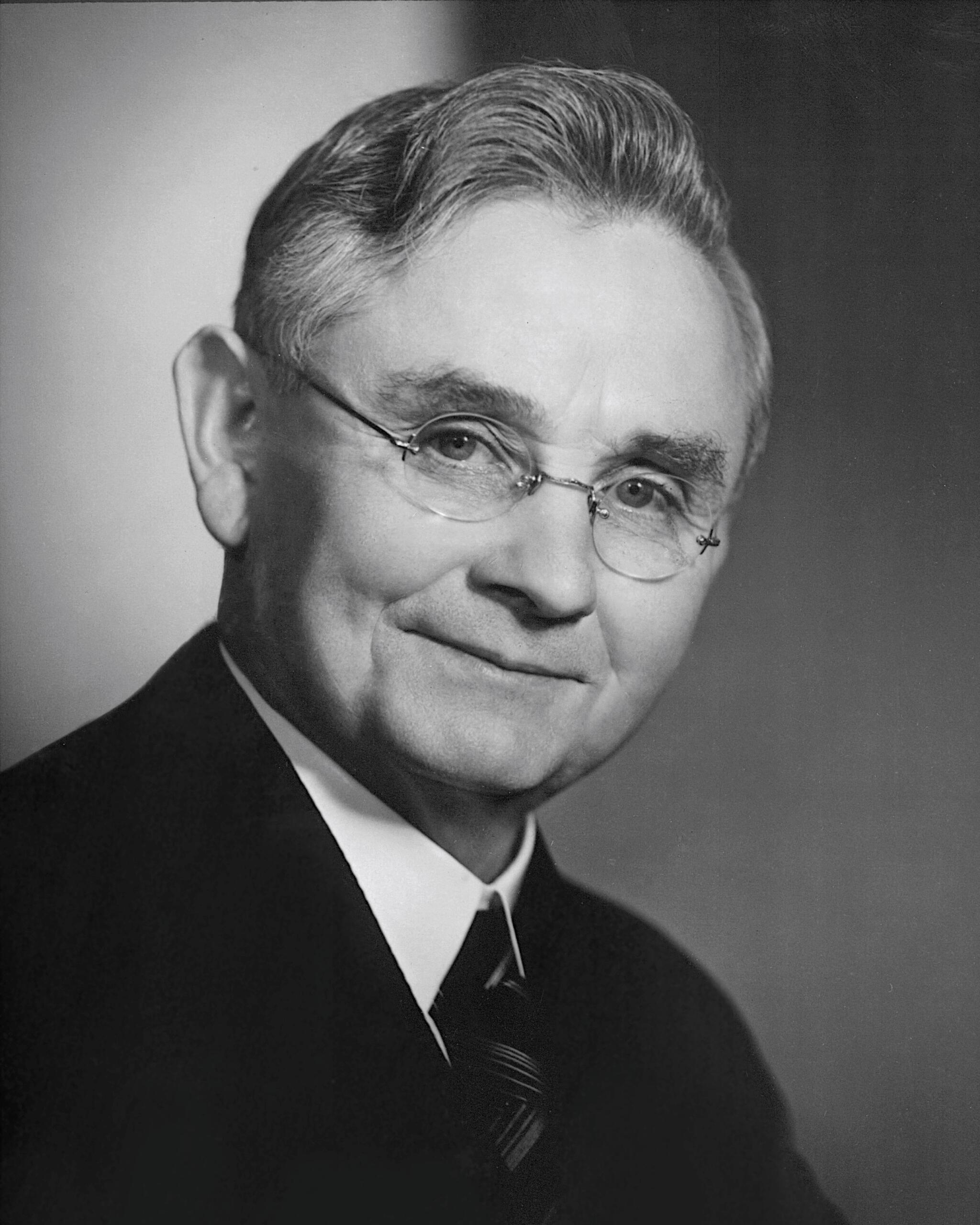
He was born in Australia and moved to New Zealand in 1907, where he became active in politics and the workers' movement.
In 1935, the Labour Party won its first general election, and Savage became Prime Minister.
His government created the foundations for the modern welfare state, including state housing, free healthcare, and improved pensions.
Peter Fraser
Peter Fraser was New Zealand's wartime prime minister. Born in Scotland, Fraser emigrated to New Zealand in 1910. When Savage died in office, Fraser stepped into the leadership role. Fraser had to balance the demands of wartime mobilisation with the need to protect social reforms at home. He strengthened ties with Britain, the United States, and other allies. He also helped shape the post-war world by contributing to the founding of the United Nations in 1945.
Robert Muldoon
Robert Muldoon is one of the more polarising figures in NZ politics.
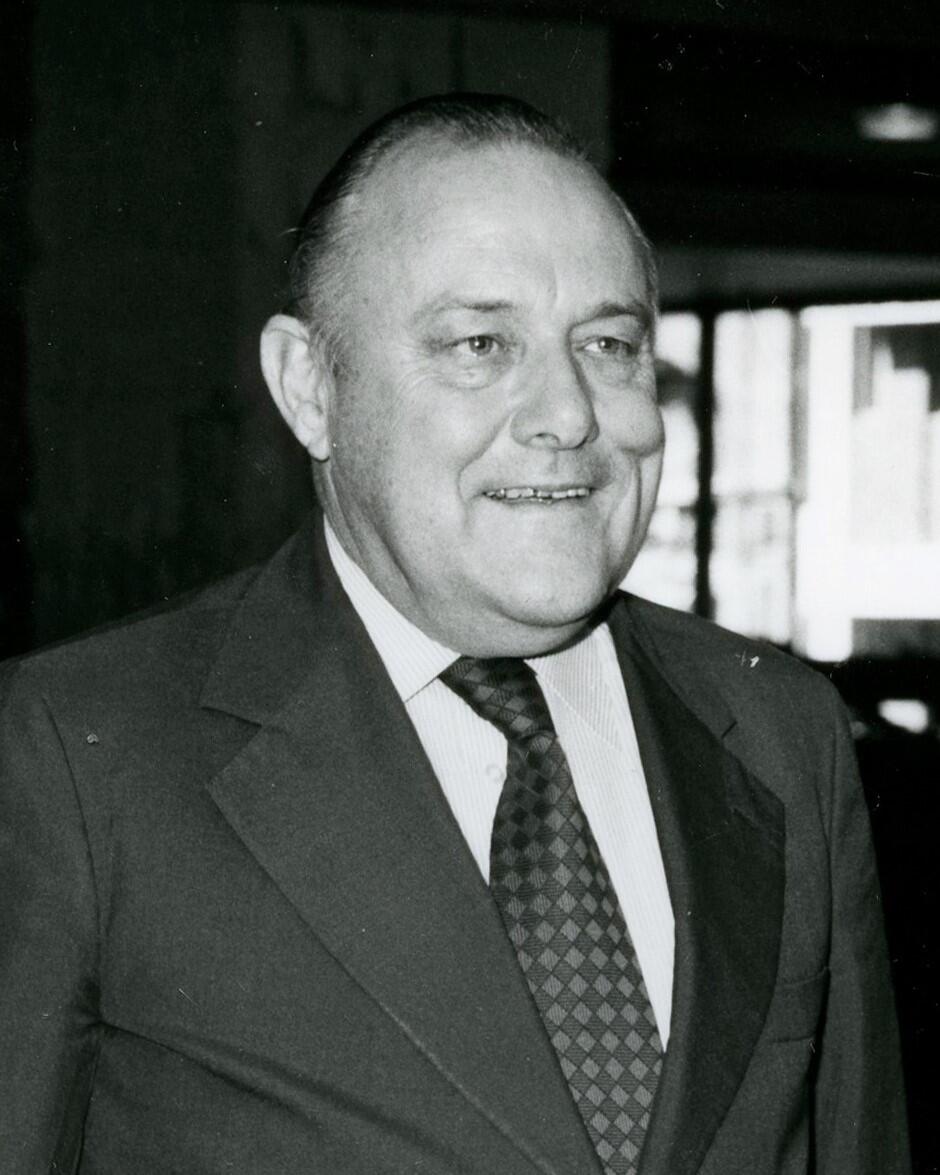
He served as Prime Minister from 1975 to 1984 for the National Party. Famous for his sharp wit, combative style, and populist approach, he cultivated both fierce loyalty and deep opposition within the New Zealand public.
He pursued policies of heavy state intervention, including wage and price freezes. Critics claimed these measures stifled the economy and deepened political division. He also clashed with Māori activists and protesters against the 1981 Springbok rugby tour, which highlighted tensions in New Zealand society.
Muldoon's leadership left a lasting mark and will be remembered for being bold and controversial, shaping the country's economic debates for decades.
David Lange
David Lange became Labour Prime Minister in 1984. He's best remembered for introducing New Zealand's nuclear-free policy, banning nuclear weapons and nuclear-powered ships from entering the country. This stance may have strained relations with the United States, but it was supported at home and reshaped New Zealand's international identity. His economic reforms, known as “Rogernomics” liberalised the economy but were contrroversial for their social impact.
Helen Clark
Helen Clark served as the Prime Minister from 1999 to 2008. She led three consecutive Labour governments and was New Zealand's second female prime minister and the first to be elected to the role.
Jenny Shipley had been the first female PM, but took office after a leadership change within the National Party).
Her government advanced education and healthcare reforms, promoted environmental sustainability, and strengthened New Zealand's nuclear-free stance. Clark played a significant role in peacekeeping efforts and climate discussions. She would go on to serve as the Administrator of the United Nations Development Programme (UNDP).
John Key
John Key led the National Party and served as Prime Minister from 2008 until 2016. Though probably not one of the most famous contemporary New Zealanders, his time as Prime Minister took place during an economically difficult time.
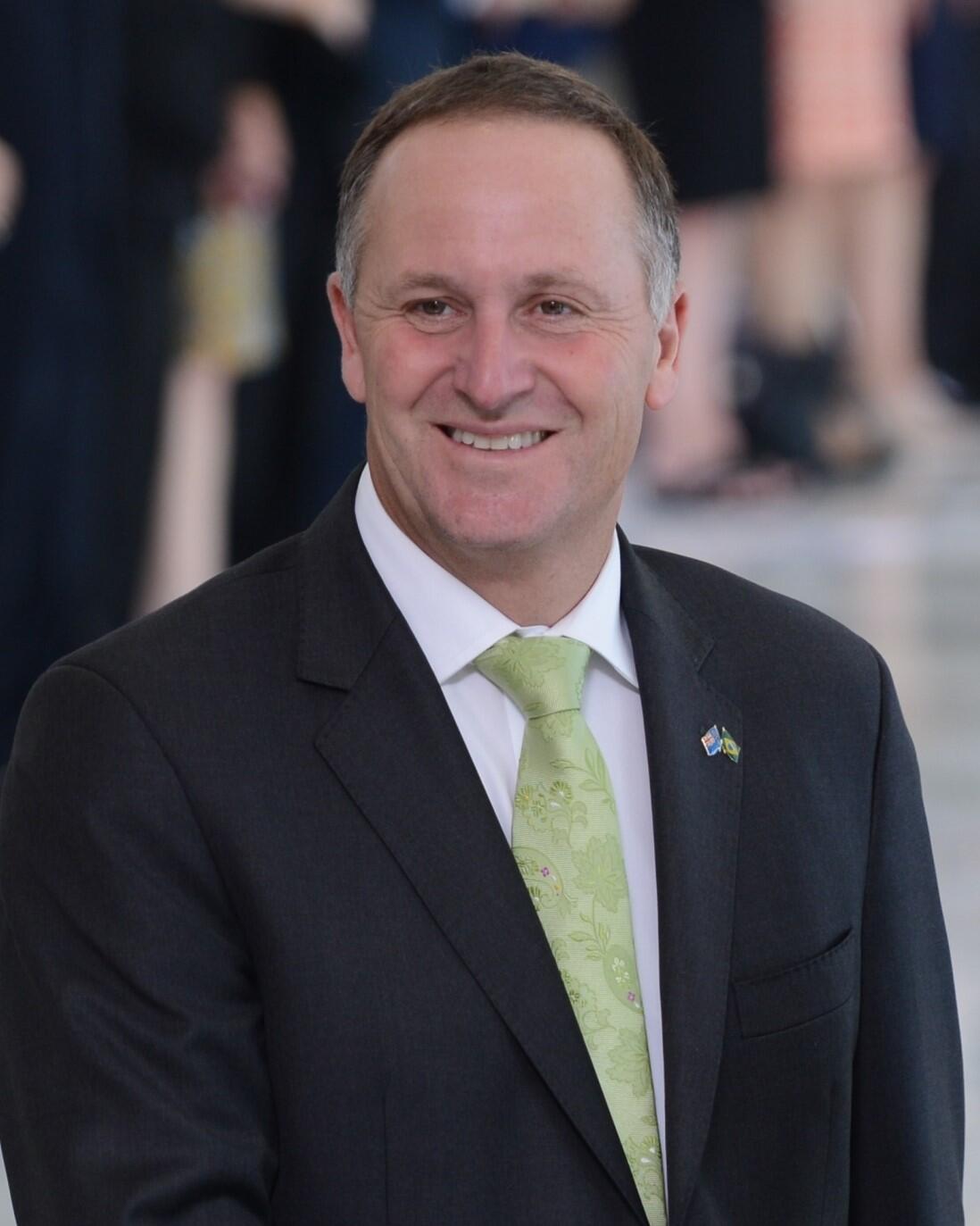
His business-oriented approach to government, combined with a pragmatic and approachable style, appealed to many New Zealanders.
The economy wasn't Key's only hurdle to overcome, and his leadership had many challenges.
In addition to the global financial crisis, he also had to lead the country through the devastating Christchurch earthquakes of 2010 and 2011.
His government steered New Zealand through economic recovery, and he also supported social measures, including the legalisation of same-sex marriage in 2013.
Jacinda Ardern
Jacinda Ardern became the world's youngest female head of government at the time of her appointment as Prime Minister in 2017, at the age of 37. Her premiership was defined by crisis leadership. In 2019, she responded to the Christchurch mosque attacks with compassion and swift action on gun law reform, which earned her international praise. She also led New Zealand through the COVID-19 pandemic, with one of the world's strictest lockdowns and among the lowest case numbers in the early stages of the outbreak. She joins a long list of famous New Zealand women.
Here's Jacinda Arden making her farewell speech.
Christopher Luxon – The Current Prime Minister
Christopher Luxon became the Prime Minister in November 2023, leading a National-led coalition government.
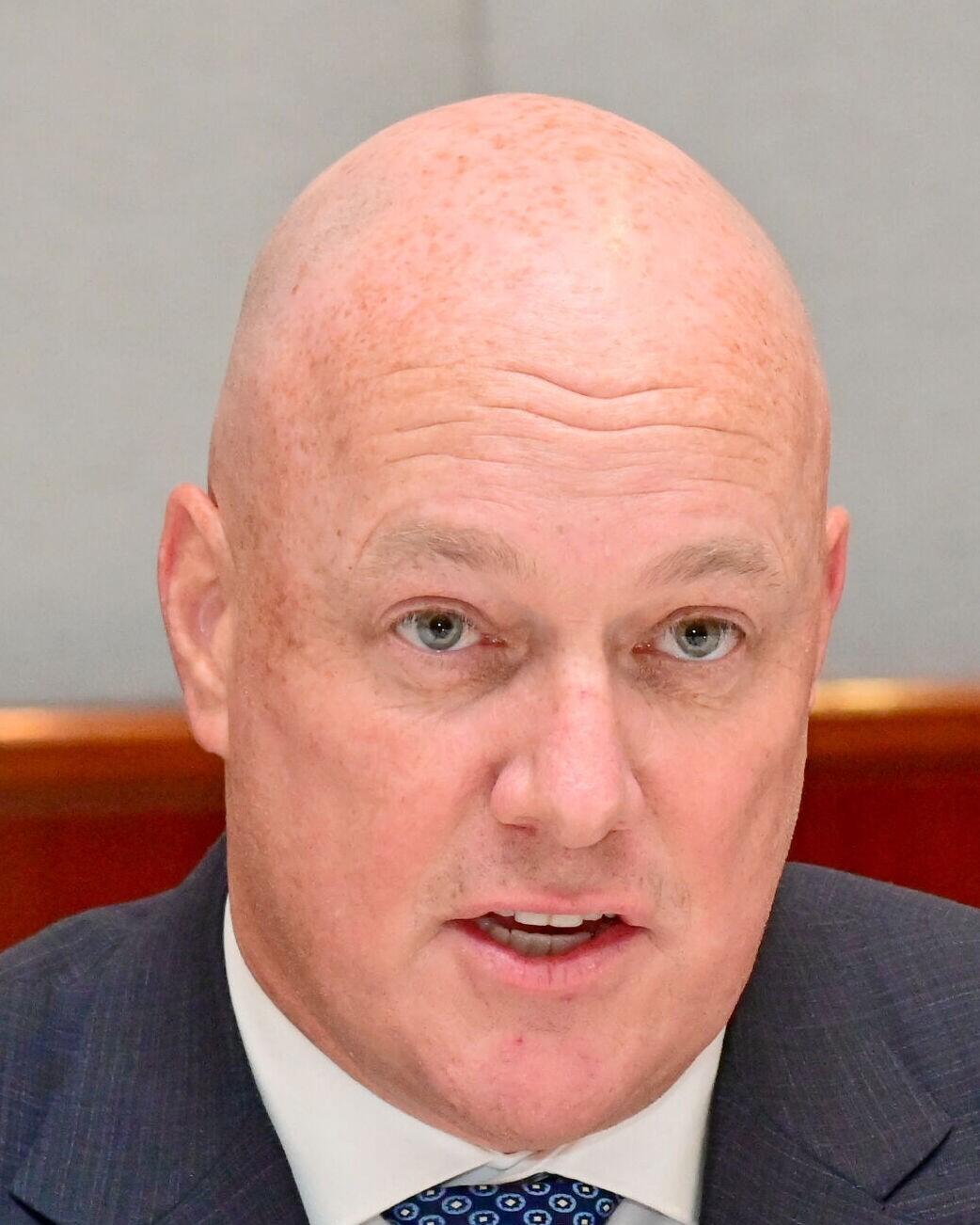
Before entering politics, he was the chief executive of Air New Zealand.
He entered parliament in 2020, rose quickly through the National Party ranks, becoming leader of the opposition before winning the 2023 general election.
He's positioned himself as a pragmatic, centre-right leader, emphasising economic growth, law and order, and reducing government spending.
His political future will likely depend on how he balances coalition dynamics, delivers on campaign promises, and addresses challenges such as cost-of-living pressures and international relations.
| Name | Years in Office | Party | Notes |
|---|---|---|---|
| Henry Sewell | 1856 | None (Premier) | First Premier of New Zealand |
| Richard Seddon | 1893–1906 | Liberal | Longest-serving PM (13 years) |
| Michael Joseph Savage | 1935–1940 | Labour | First Labour Prime Minister |
| Peter Fraser | 1940–1949 | Labour | Wartime leader, helped found UN |
| Robert Muldoon | 1975–1984 | National | Polarising, Springbok Tour protests |
| David Lange | 1984–1989 | Labour | Introduced nuclear-free policy |
| Helen Clark | 1999–2008 | Labour | First elected female PM |
| John Key | 2008–2016 | National | Led NZ through GFC & earthquakes |
| Jacinda Ardern | 2017–2023 | Labour | Youngest female head of government |
| Christopher Luxon | 2023–present | National | Current Prime Minister |

